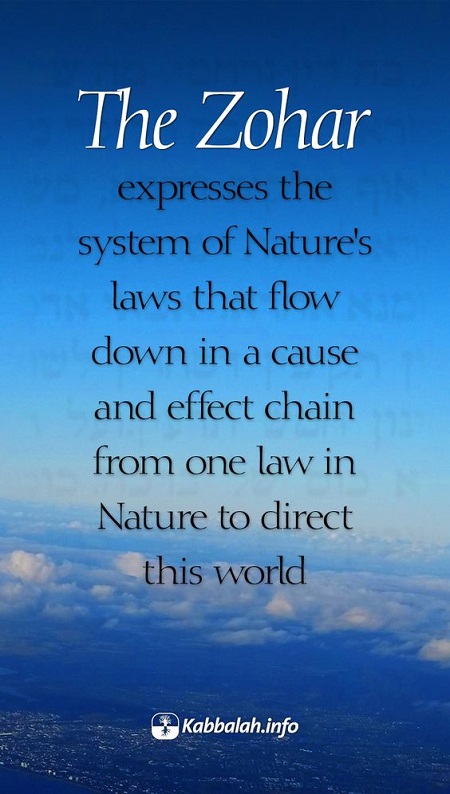
Question: For several years now, I have been practicing Kabbalistic meditation. I took some courses on the subject and I’m using a book by Rabbi Chaim Vital for this purpose. But lately, I’ve been reading in your paper that there is no such term as “Kabbalistic meditation.” How is this possible if Rabbi Vital writes specifically about that term?
Rav Michael Laitman, PhD: First, note that no such term as “meditation” or anything like it appears in even a single authentic Kabbalah book. Additionally, the fact that all kinds of courses and study groups say that they practice “Kabbalistic meditation” doesn’t mean that this actually exists in Kabbalah. All the writings of Kabbalah, including those of the Ari—which were written by Rabbi Chaim Vital—explain one simple thing: the whole of Creation is made of a desire to enjoy. That desire can only be in one of two states: corrupted—with an intention to receive for itself, or corrected—with an intention to give, to love others.
Question: What does this have to do with Kabbalistic meditation?
Rav Michael Laitman, PhD: In the process of the correction of the soul, a Kabbalist uses a method called “three lines.” This method is built on a simple procedure: first, the Kabbalist “takes” part of the corrupted (egoistic) desire, called “the left line” and subsequently corrects it, using the force of the spiritual Light, called “the right line.” In doing so, the Kabbalist builds a “middle line” within the soul, and thus advances in spirituality.
Because this work concerns changing one’s intention from reception to bestowal, it is called “work in intention” or “intention work.” One who is not proficient in the wisdom of Kabbalah misinterprets the term “work in intention” and attaches it to terms that are completely foreign to Kabbalah, such as meditation.
Taken from the article “Ask the Kabbalist” in Kabbalah Today Issue 9. Read the Full Article
Click Here to Sign Up for a Free Kabbalah Introductory Course – Starts Soon!


